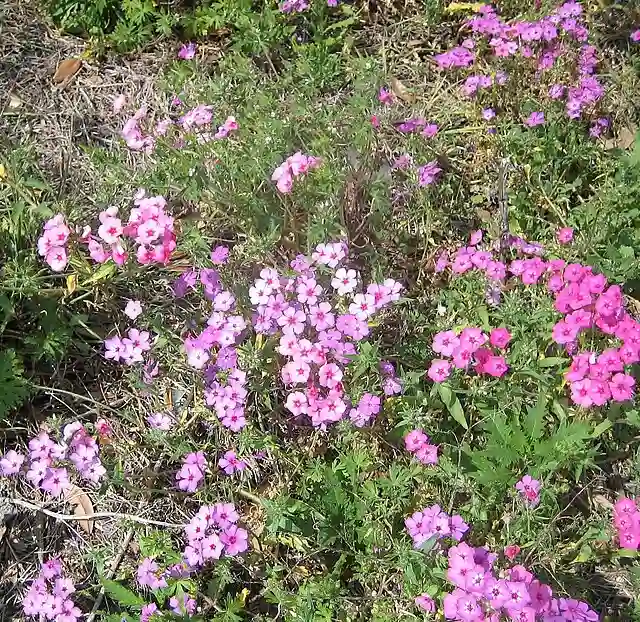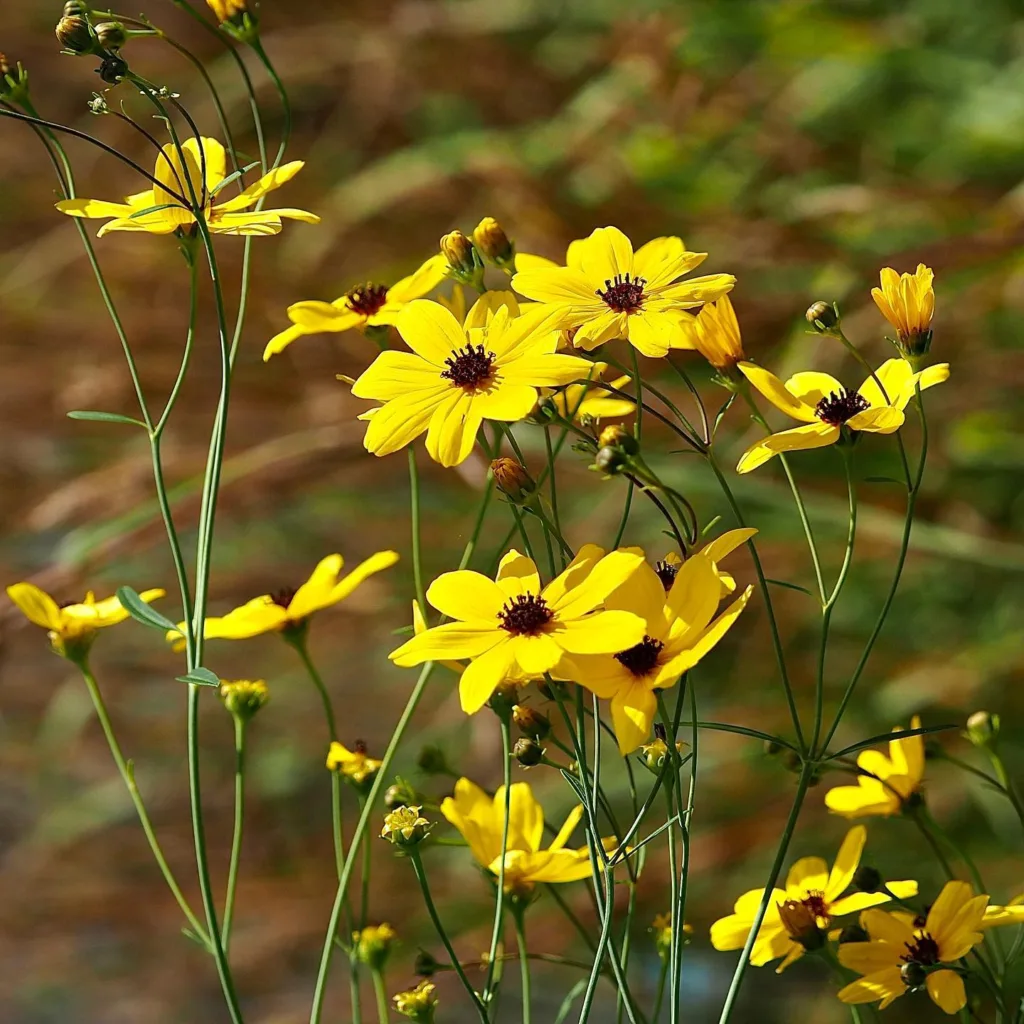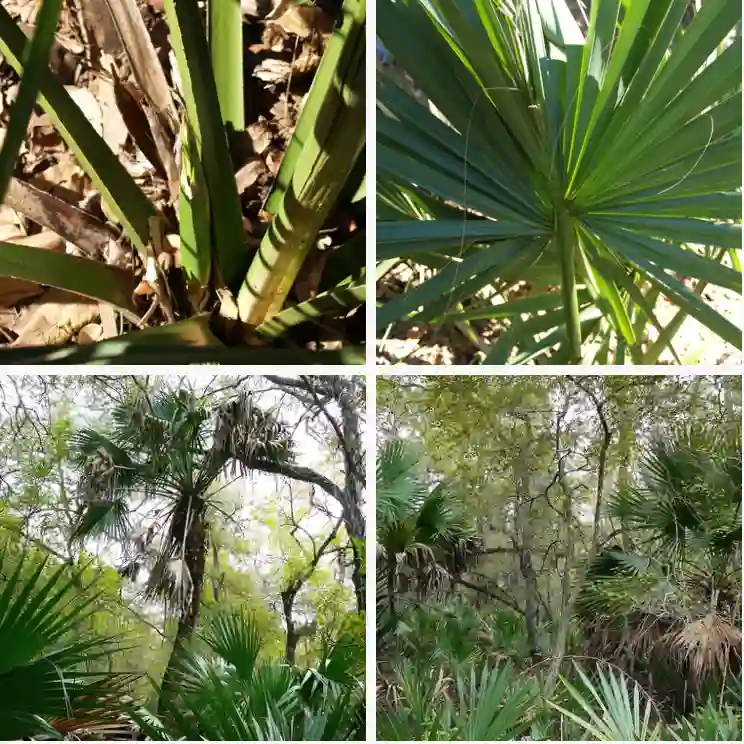Mirabilis: A Floral Fascination
My name is Ferb Vu, and I’ve always been drawn to the unique and intriguing in the natural world. Lately, my interest has settled on the genus Mirabilis, a fascinating group of flowering plants with a captivating charm. Known commonly as the “four o’clocks” or “umbrellaworts,” these plants have a unique beauty and a rich history that spans continents.
A Diverse Genus
The Mirabilis genus belongs to the Nyctaginaceae family, a group known for its diverse floral structures and vibrant colors. The genus itself boasts a wide array of species, each with its own distinct characteristics:
- Mirabilis acuta (Reiche) Heimerl
- Mirabilis aggregata (Ortega) Cav.
- Mirabilis albida (Walter) Heimerl
- Mirabilis alipes (S.Watson) Pils
- Mirabilis austrotexana B.L.Turner
- Mirabilis bracteosa (Griseb.) Heimerl
- Mirabilis campanulata Heimerl
- Mirabilis coccinea (Torr.) Benth. & Hook.f.
- Mirabilis × collina Shinners
- Mirabilis comata (Small) Standl.
- Mirabilis cordifolia (Kunze ex Choisy) Heimerl
- Mirabilis donahooana Le Duc
- Mirabilis elegans (Choisy) Heimerl
- Mirabilis expansa (Ruiz & Pav.) Standl.
- Mirabilis exserta Brandegee
- Mirabilis gigantea (Standl.) Shinners
- Mirabilis glabra (S.Watson) Standl.
- Mirabilis glabrifolia (Ortega) I.M.Johnst.
- Mirabilis glutinosa Kuntze
- Mirabilis gracilis (Standl.) Le Duc
- Mirabilis grandiflora (Standl.) Standl.
- Mirabilis greenei S.Watson
- Mirabilis himalaica (Edgew.) Heimerl
- Mirabilis hintoniorum Le Duc
- Mirabilis intercedens Heimerl
- Mirabilis jalapa L.
- Mirabilis laevis (Benth.) Curran
- Mirabilis latifolia (A.Gray) J.Diggs, Lipscomb & O’Kennon
- Mirabilis linearis (Pursh) Heimerl
- Mirabilis longiflora L.
- Mirabilis longipes (Standl.) Standl.
- Mirabilis macfarlanei Constance & Rollins
- Mirabilis melanotricha (Standl.) Spellenb.
- Mirabilis muelleri Standl.
- Mirabilis multiflora (Torr.) A.Gray Plant FAQs: Mirabilis Multiflora – Four O’Clock Flower
- Mirabilis nesomii B.L.Turner
- Mirabilis nyctaginea (Michx.) MacMill.
- Mirabilis oaxacae Heimerl
- Mirabilis oligantha (Standl.) J.F.Macbr.
- Mirabilis ovata (Ruiz & Pav.) F.Meigen
- Mirabilis oxybaphoides (A.Gray) A.Gray
- Mirabilis polonii Le Duc
- Mirabilis pringlei Weath.
- Mirabilis prostrata (Ruiz & Pav.) Heimerl
- Mirabilis pudica Barneby
- Mirabilis pulchella Standl. & Steyerm.
- Mirabilis rotundifolia (Greene) Standl.
- Mirabilis russellii Le Duc
- Mirabilis sanguinea Heimerl
- Mirabilis × serotina Shinners
- Mirabilis suffruticosa (Standl.) Standl.
- Mirabilis tenuiloba S.Watson
- Mirabilis texensis (J.M.Coult.) B.L.Turner
- Mirabilis triflora Benth.
- Mirabilis trollii Heimerl
- Mirabilis urbani Heimerl
- Mirabilis violacea (L.) Heimerl
- Mirabilis viscosa Cav.
- Mirabilis watsoniana Heimerl
- Mirabilis weberbaueri Heimerl
The Allure of the Four O’Clocks
What captivates me most about Mirabilis is the unique characteristic that gives them their common name. The flowers of many species, most notably Mirabilis jalapa, tend to bloom in the late afternoon, around four o’clock, creating a spectacle of color as the sun begins to set. This unusual blooming time is an adaptation to attract nocturnal pollinators, such as moths, which are active during the cooler evening hours.
Another fascinating aspect of Mirabilis is the phenomenon of “color variation” within a single plant. It’s not uncommon to find flowers of different colors on the same Mirabilis plant, or even different colored sectors within the same flower. This unique trait is due to a genetic phenomenon known as “transposable elements,” or “jumping genes,” which can cause changes in the pigment production within the flower cells.
Historical and Cultural Significance
Mirabilis has a rich history, with evidence suggesting its cultivation in the Andes region of South America for over 1,000 years. The Aztecs used Mirabilis jalapa for medicinal purposes and also as a dye source. In the 16th century, the plant was introduced to Europe, where it quickly gained popularity as an ornamental garden flower.
Today, Mirabilis continues to be a beloved garden plant worldwide, appreciated for its vibrant colors, ease of cultivation, and unique blooming habits. Its historical and cultural significance adds another layer of intrigue to this fascinating genus.
My Personal Connection
As an avid gardener and nature enthusiast, I find myself drawn to the unique beauty and resilience of Mirabilis. The vibrant colors and unusual blooming time of these plants bring a touch of magic to my garden. I’m particularly fond of Mirabilis jalapa, with its diverse range of flower colors and its ability to attract a variety of pollinators.
I’m also intrigued by the scientific aspects of Mirabilis, particularly the genetic mechanisms behind its color variation. It’s a reminder of the complex and fascinating processes that occur within even the seemingly simplest of organisms.
Looking Ahead
My fascination with Mirabilis has inspired me to learn more about this captivating genus. I plan to delve deeper into its taxonomy, explore the various species in greater detail, and perhaps even experiment with cultivating some of the lesser-known varieties. I believe there’s much more to discover about these fascinating plants, and I’m eager to continue my exploration.
I encourage anyone with an interest in botany or gardening to take a closer look at Mirabilis. These unique and beautiful plants offer a glimpse into the wonders of the natural world and are sure to spark a sense of wonder and curiosity.
If i die, water my plants!



